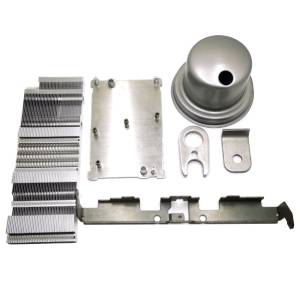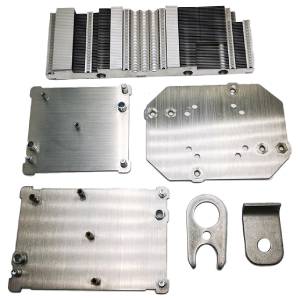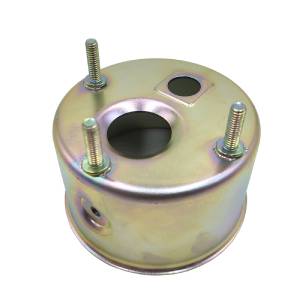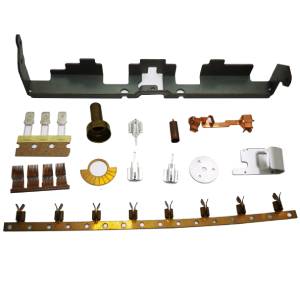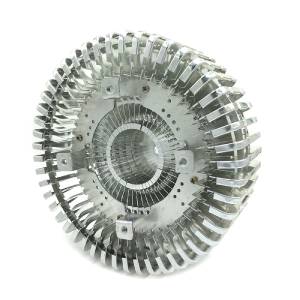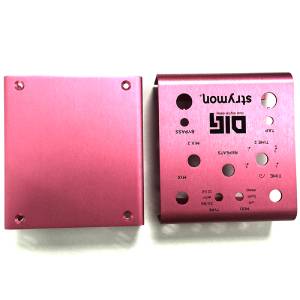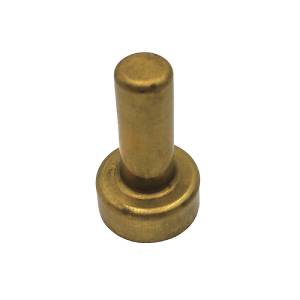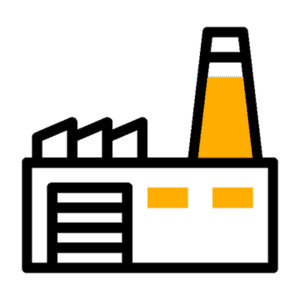Sheet Metal Fabrication Services
- ISO certified
- Instant quotation
- Free DFM analysis
- Rapid lead time
Our Sheet Metal Fabrication Services
Sheet metal fabrication is the process of transforming flat sheet metal into finished products or components through a series of manufacturing techniques. These techniques involve cutting, bending, forming, welding, and assembling the sheet metal to create the desired shape and functionality.
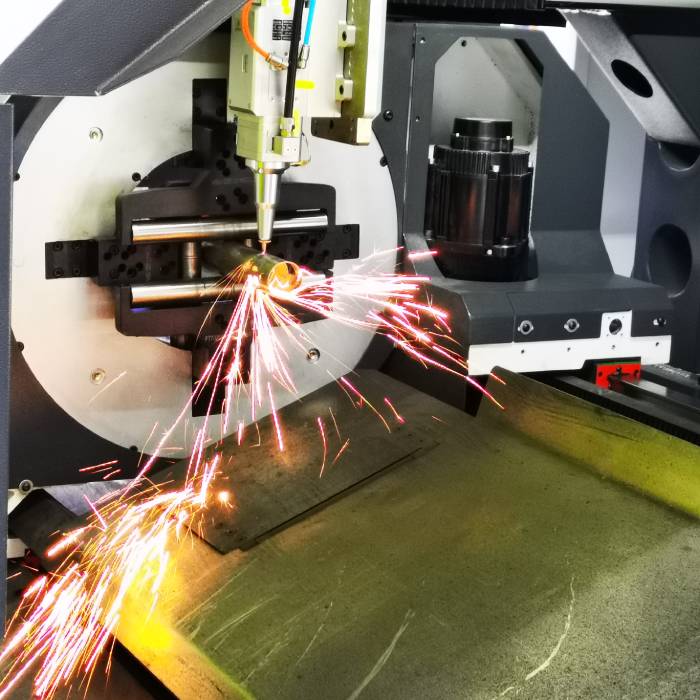
Laser Cutting
We use advanced laser cutting technology to precisely cut sheet metal according to your desired shape and size. Laser cutting ensures clean edges and high precision, resulting in precise and consistent parts.
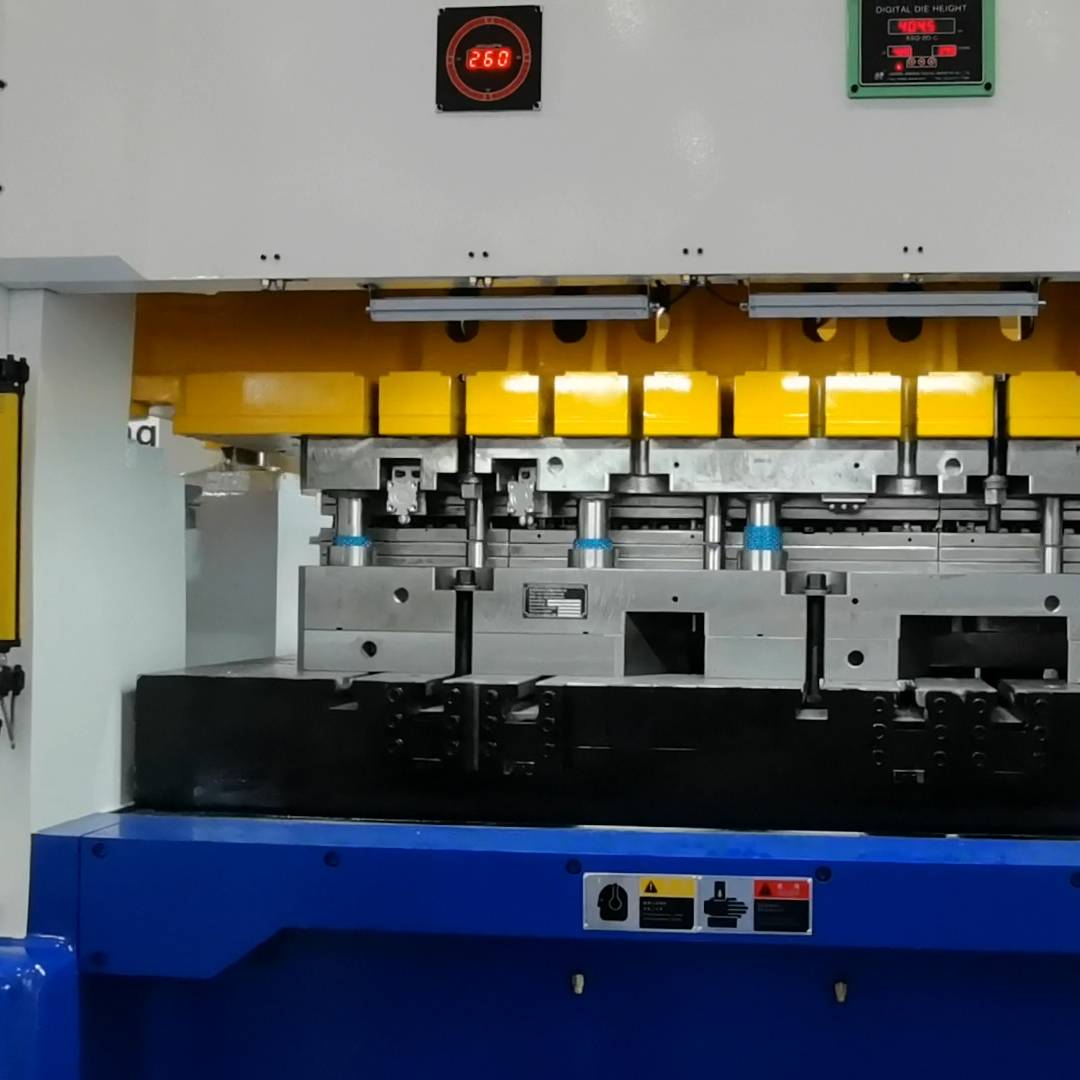
Stamping
We have the capabilities to handle custom stamping projects of various sizes and complexities. Whether you need simple shapes or intricate designs, we can help bring your ideas to life.
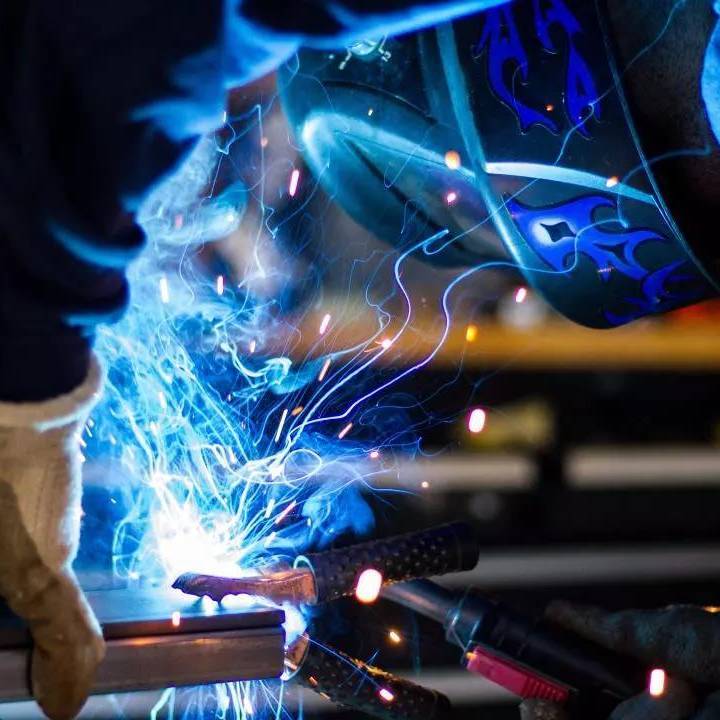
Welding and Assembly
We provide professional welding services to join sheet metal components together. Whether MIG welding, TIG welding or spot welding, our skilled welders ensure a strong and durable connection.
Gallery of Sheet Metal Fabrication
Anebons are the number one choice for sheet metal fabrication for several reasons:
Overall, Anebons' dedication to quality, customization, advanced technology, and competitive pricing make it a solid choice for your sheet metal fabrication needs.
With our precise CNC machining capabilities, Anebon stands as your perfect collaborator in the production of accurate prototypes and parts. Our CNC machining adheres to ISO 2768-f standards for metals and ISO 2768-m standards for plastics, guaranteeing accuracy and quality. Moreover, we are fully capable of meeting any specific tolerances you may require, provided that you clearly outline your specifications on the drawing.
| Dimension Detail | Imperial Units | Metric Units |
|---|---|---|
| Over formed part, multiple surfaces | ± 0.030 in | ± 0.762 mm |
| Edge-to-feature, multiple surfaces | ± 0.030 in | ± 0.762 mm |
| Bend to edge/hole, single surface | ± 0.010 in | ± 0.254 mm |
| Edge to the hole, single surface | ± 0.005 in | ± 0.127 mm |
| Hole-to-hole, single surface | ± 0.005 in | ± 0.127 mm |
| Edge-to-edge, single surface | ± 0.005 in. | ± 0.127 mm |
| Note: Sharp edges are often deburred or fractured. Please indicate on your drawing any edges you wish to remain sharp. | ||
Available materials for sheet metal
Below is a list of our standard available metals for sheet metal fabrication. If you require a custom material please contact [email protected]
Materials
 |
| Aluminum |
| Aluminum is a lightweight material that has many desirable properties. It is one of the most common materials used for sheet metal fabrication. It is also recyclable and generates the least amount of waste. Aluminum's other qualities include its high production rate, low resistance rates, and high thermal conductivity. The best grades of aluminum to use for this process are 5052, 7075, 1060,5754and 6061. |
 |
| Stainless Steel |
| The stainless steel alloys are characterized by their excellent strength, ductility, corrosion and wear resistance. They can be easily joined and machined as well as polished. |
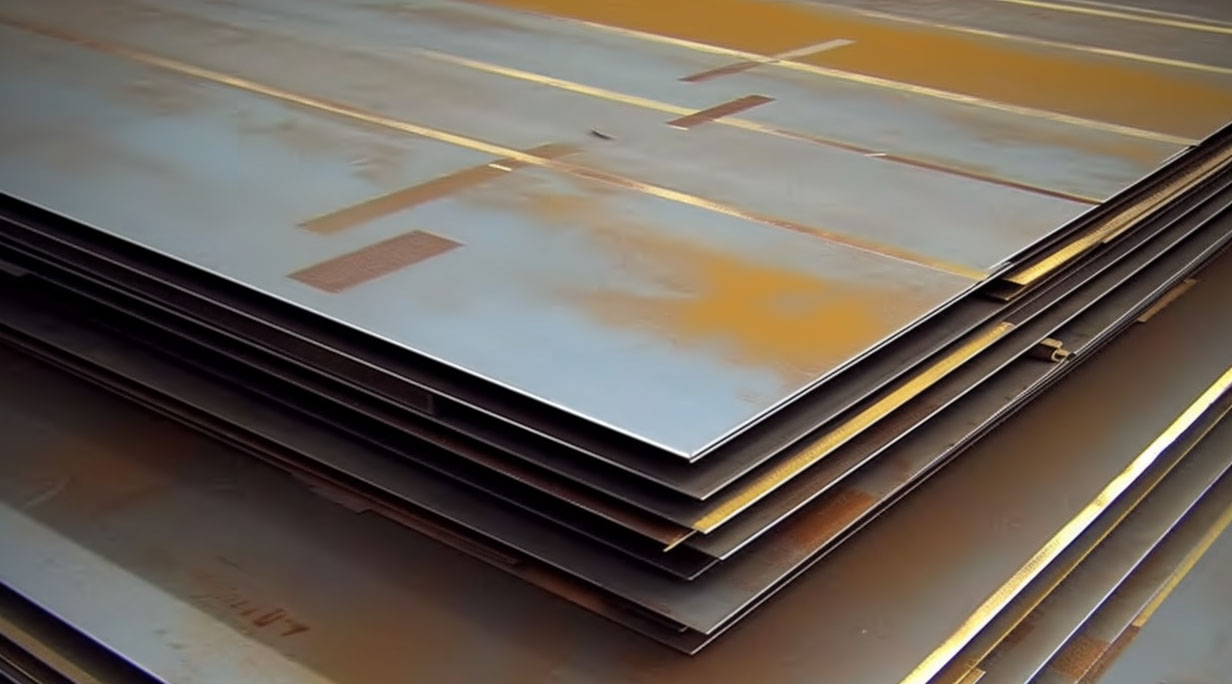 |
| Steel |
| Steel is a material that has many advantages in industrial applications, including durability, heat resistance, and hardness. Steel sheet metal can be used to create intricate elements and designs that require high precision. Steel is also easy to work with and offers superior polishing properties. The best grades of steel to use for this process are SPCC SECC SGCC Q235 and S45C. |
 |
| Copper |
| Copper is a good metal for sheet metal fabrication because it has the ductility and malleability required. Copper is also a metal that has excellent heat and electrical conductivity. It's the best choice for products that require high levels of conduction. The C1100 grade of copper is widely used in the sheet metal industry due to its antibacterial and biostatic properties. |
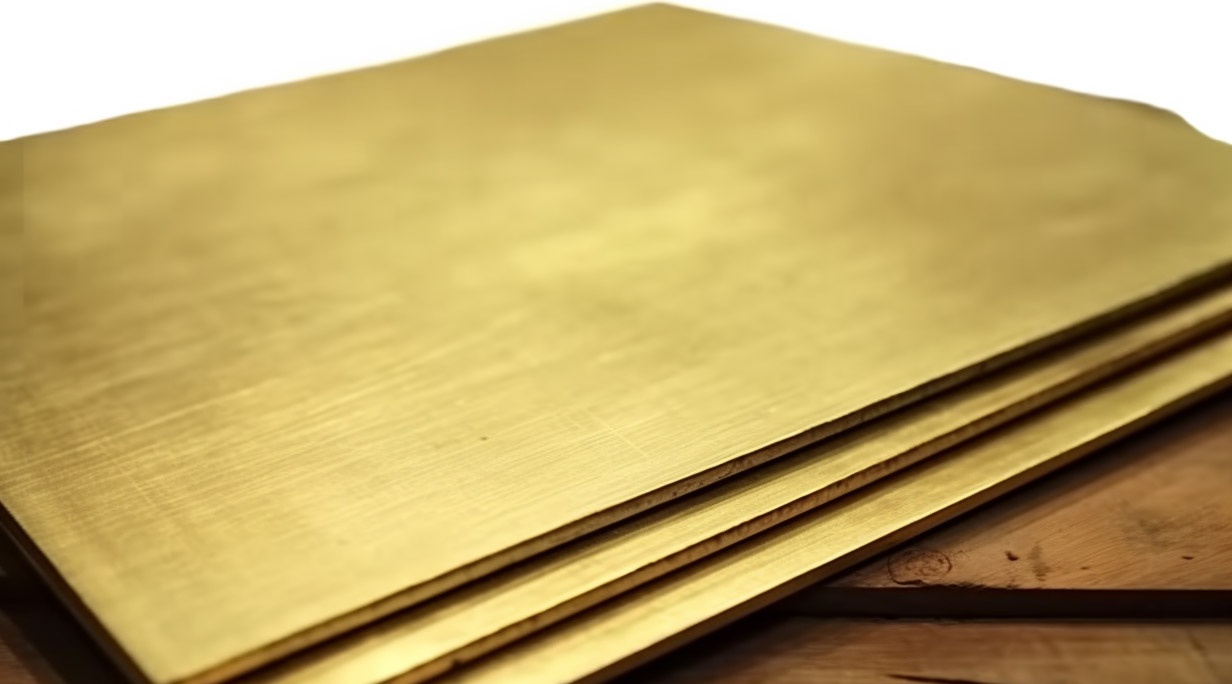 |
| Brass |
| Brass is highly malleable and spark- and wear-resistant. It also has excellent electrical conductivity. Low friction makes it a desirable material for many purposes. C28000 and C27400 brass grades are perfect for sheet metal fabrication. |
From Prototype to Production

Rapid Tooling
√ Finishing & Custom Option Selection
√ Tolerances of +/- 0.0005"
√ High Precision Accuracy

Rapid Prototypes
√ Finishing, materials & custom option selection
√ Tolerances as tight as +/- 0.0005″
√ Fast Delivery
At Anebon we manufacture components for customers across a wide range of industries.
We offer Sheet Metal Fabrication services for:

